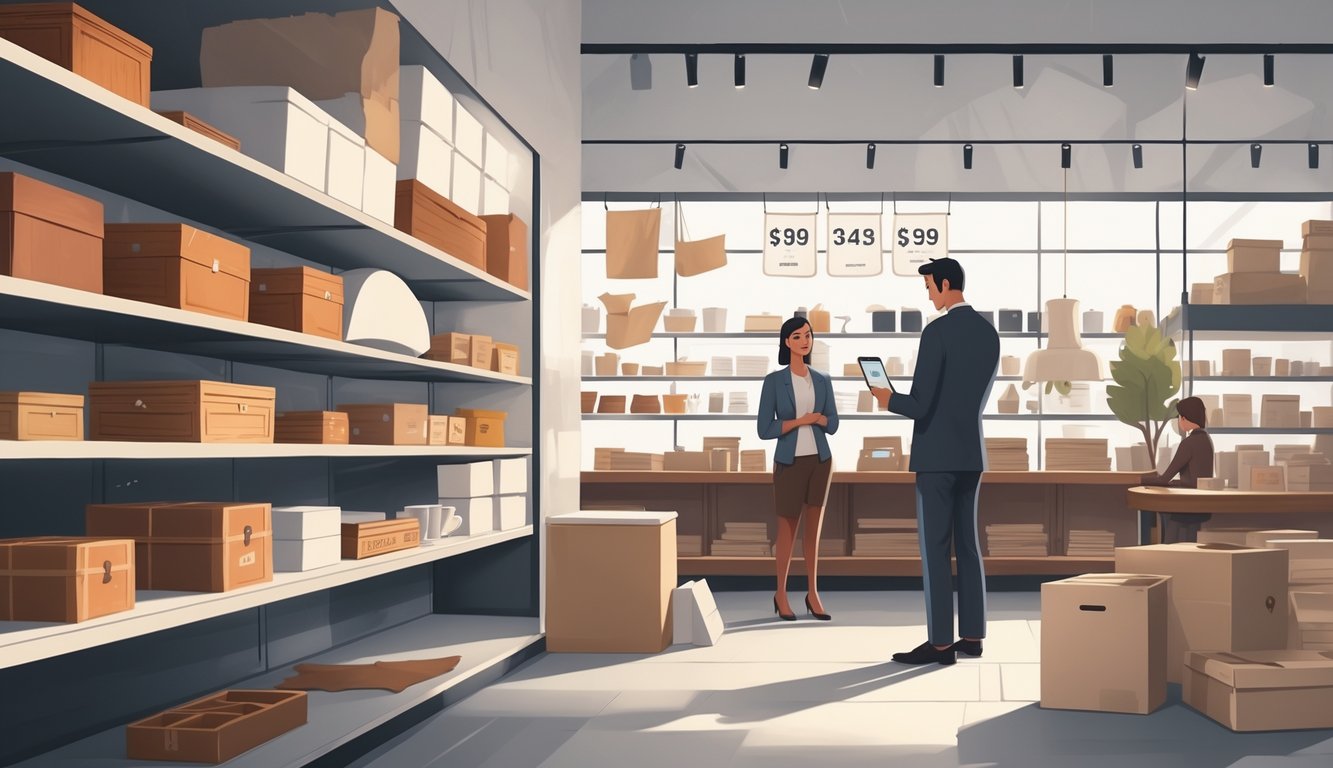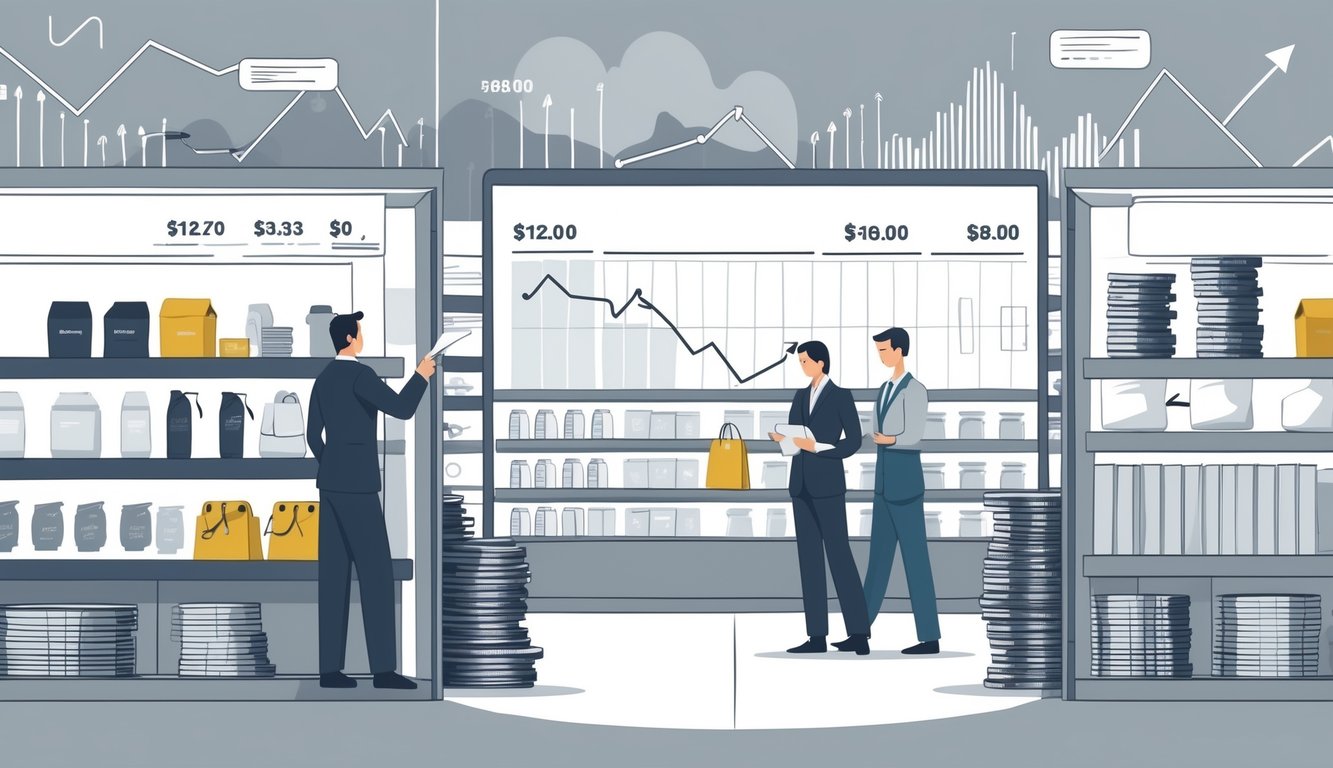
Alright, so here’s what’s bugging me: I walk into the hardware store for plywood—same spot, same aisle, same fluorescent headache as always—and suddenly, poof, either it’s missing or the price tag looks like a dare. I watched a manager in Minneapolis basically yanking old-school stuff off the shelves, muttering about insane inflation and tariffs making every errand feel like an episode of Survivor. Classic materials just quietly vanish, swapped for whatever plastic knockoff is trending, and the rest of us are left scouring Reddit, half-wondering if PVC trim is now “in” or if we’re just out of pine.
Sidebar: my neighbor swears by thrift stores for leftover tiles—yeah, tiles from someone’s old bathroom, and honestly, it’s less humiliating than asking staff about “discontinued” lines. I read this rant from a building supply guy who basically said supply chains are so busted that even dealers have no clue what’s on the next truck (“Customers can’t even plan repairs or renovations anymore, prices shift that fast”—straight from the lumber market volatility file). I honestly can’t remember the last time I paid under $40 for a 4×8 sheet. If you remember when plywood was just “plywood,” you know that sting.
And then the resale market for used countertops is suddenly overflowing, but try finding grout that matches—good luck. My one tip: always ask store staff about restock days (they’re blunt, sometimes even weirdly relieved to admit the pallets are empty). Nobody warns you till it’s too late and your mid-century cabinet dreams get downgraded to “what laminate looks least tragic?”
Why Classic Materials Are Quietly Retired

It still throws me off how linen tablecloths or real leather shoes just—disappear. They come back with “eco” labels or “new blends,” which is code for “cheaper.” Is it nostalgia? Nah, it’s just sticker shock and the weird math of logistics. One day there’s a stack of wool sweaters, next day it’s gone, and nobody even blinks because, honestly, who’s got time to ask?
Rising Costs and Price Increases
Last year, butter doubled in price and suddenly every bakery treat tasted off—corners cut, obviously. Businesses don’t even pretend: classic materials mean sky-high prices, so they swap in synthetics and hope nobody notices. I asked a home store manager about it and she just shrugged: “Wool throws moved too slow after $200, so now it’s all acrylic.”
Manufacturers keep swapping silk for polyester, oak for veneer—just plugging holes from relentless price spikes, not chasing trends. And yeah, people bail when costs get ugly. Some market research (National Retail Federation, 2024) claims that when prices jump 15%+, sales for classic stuff drop by nearly a third. If you’ve noticed your favorite stuff shrinking or getting worse, well, there you go.
Impact of Inflation on Inventory Decisions
Inflation isn’t just a headline; it’s why imported stuff like Italian cashmere is missing. Everything costs more. I tried to order some “timeless” cotton sheets and the clerk just laughed—“We dropped all pure-cotton SKUs until prices calm down. Maybe next year?” It’s nuts, but apparently, material costs for old-school fabrics jumped 18% to 40% in two years (thanks, Bureau of Labor Statistics).
So, stores look at what’s left, ditch the pricey classics, and fill the shelves with composites. It’s a total guessing game—will shoppers come back if prices drop? Or is this just it now? Either way, you see less of what you grew up with. It’s not dramatic, just a slow fade.
Effect of Supply Chain Disruptions
Still can’t get over this: one week I expect Belgian linen napkins, next week, the manager mumbles about “shipment delays” and it’s all polyester. Global supply chains are so jammed—container shortages, shipping fees through the roof—that keeping classic stuff in stock is a fantasy. Big retailers (Nordstrom, Restoration Hardware, whatever) even admit they quietly slashed classic material orders by 40% just to avoid the headache (see those dry earnings calls, Q4 2023).
Maybe prices settle someday, but with constant shipping chaos, the “temporary” retirements drag on. Supposedly, some Harvard Business Review folks think this could last years because of labor shortages and port backlogs. So yeah, classic goods out, synthetic blends in, and my old favorites are basically vapor.
The Economic Forces Behind Store Decisions

Ever try to use a rewards coupon only to realize the brand’s gone? Or blink and realize the bean aisle is half-empty? Prices go up, sales get shorter, and nobody even apologizes.
Tariffs and Cost Pressures
Tariffs are just… ridiculous. I watched my favorite jeans jump from $34 to $54 before I even noticed steel prices or whatever. When the Canadian dollar tanked, imported kitchen stuff went from “maybe” to “nope” overnight—tariffs and exchange rates are killing grocery bills.
Stores aren’t dropping classic shoe lines or heritage foods because they want to—they just can’t make the math work after tariffs, freight, and contracts get ugly. I overheard a buyer at some trade show mutter, “We’re just chasing the old price lists.” Those days are gone. Now it’s just a spreadsheet full of “lost deals” and yogurt brands that vanish overnight.
Commodity Prices and Their Ripple Effect
Don’t even try to keep up with commodity prices. Orange juice, cocoa, oats, even polyester—everything tracks some index. Wheat spikes in 2023? Suddenly, every loaf of bread is “premium” and the cheap stuff’s gone. No warning, just fewer options.
I talked to a retail manager who checks commodity trends every morning and still can’t lock down contracts for flour or coffee. Bonds, stocks, whatever—they all mess with inventory. For me, it just means my favorite pantry items sometimes disappear because someone somewhere bet wrong on soybeans. And then dragonfruit is suddenly cheaper than apples? I give up.



